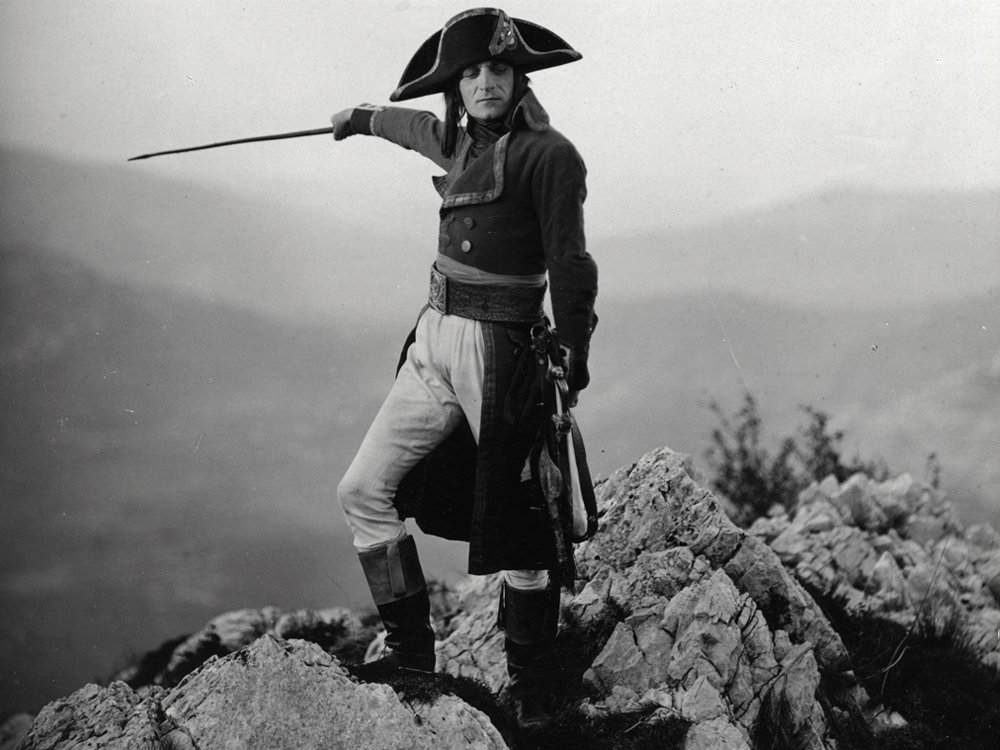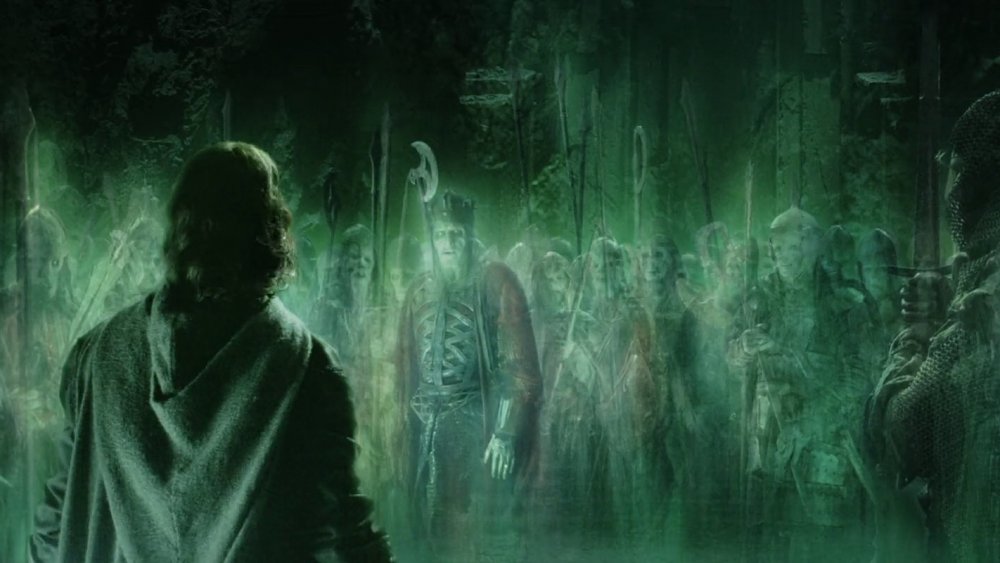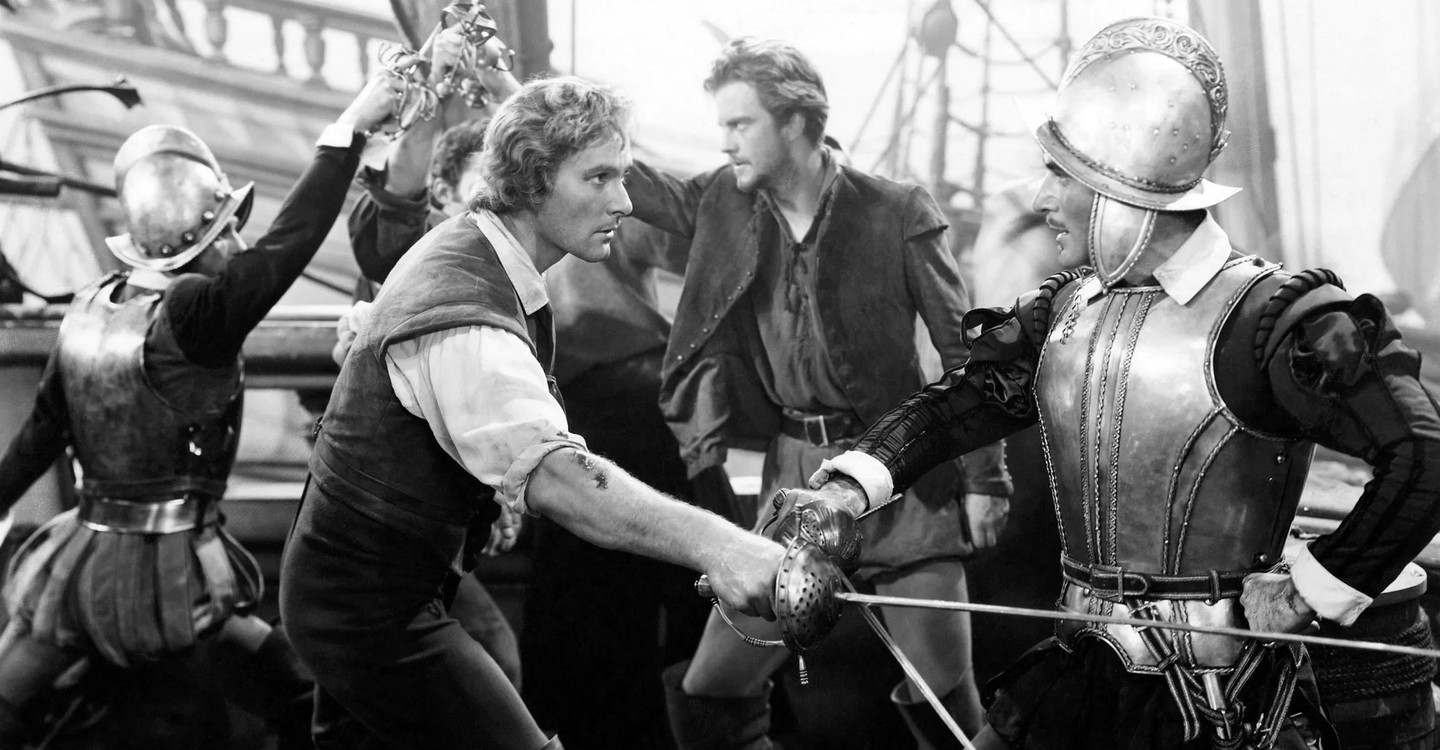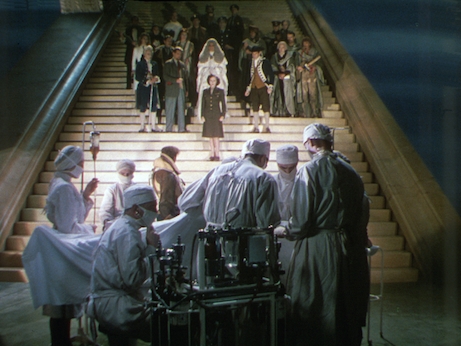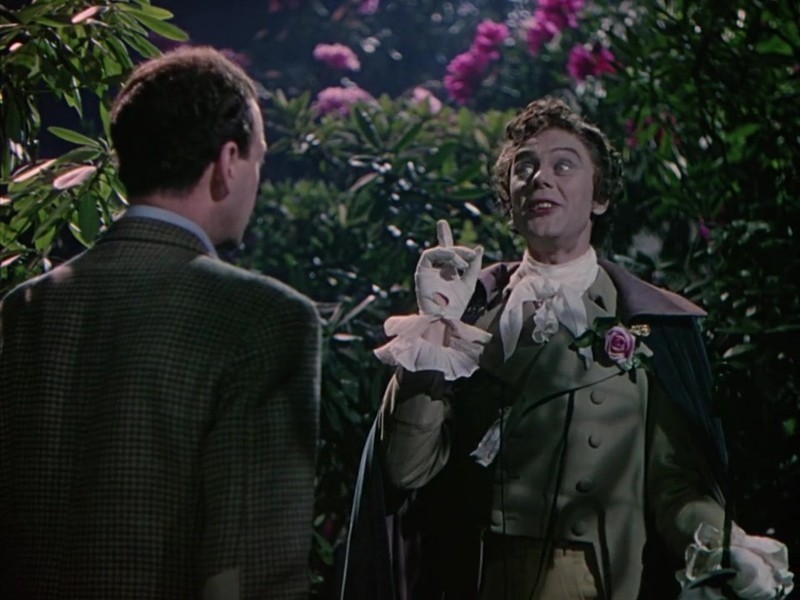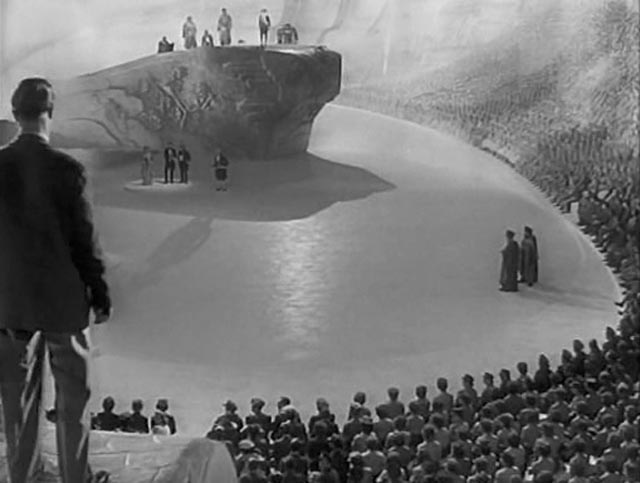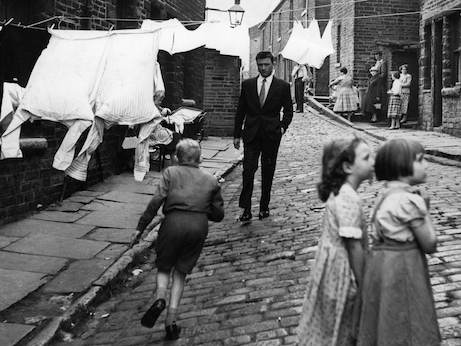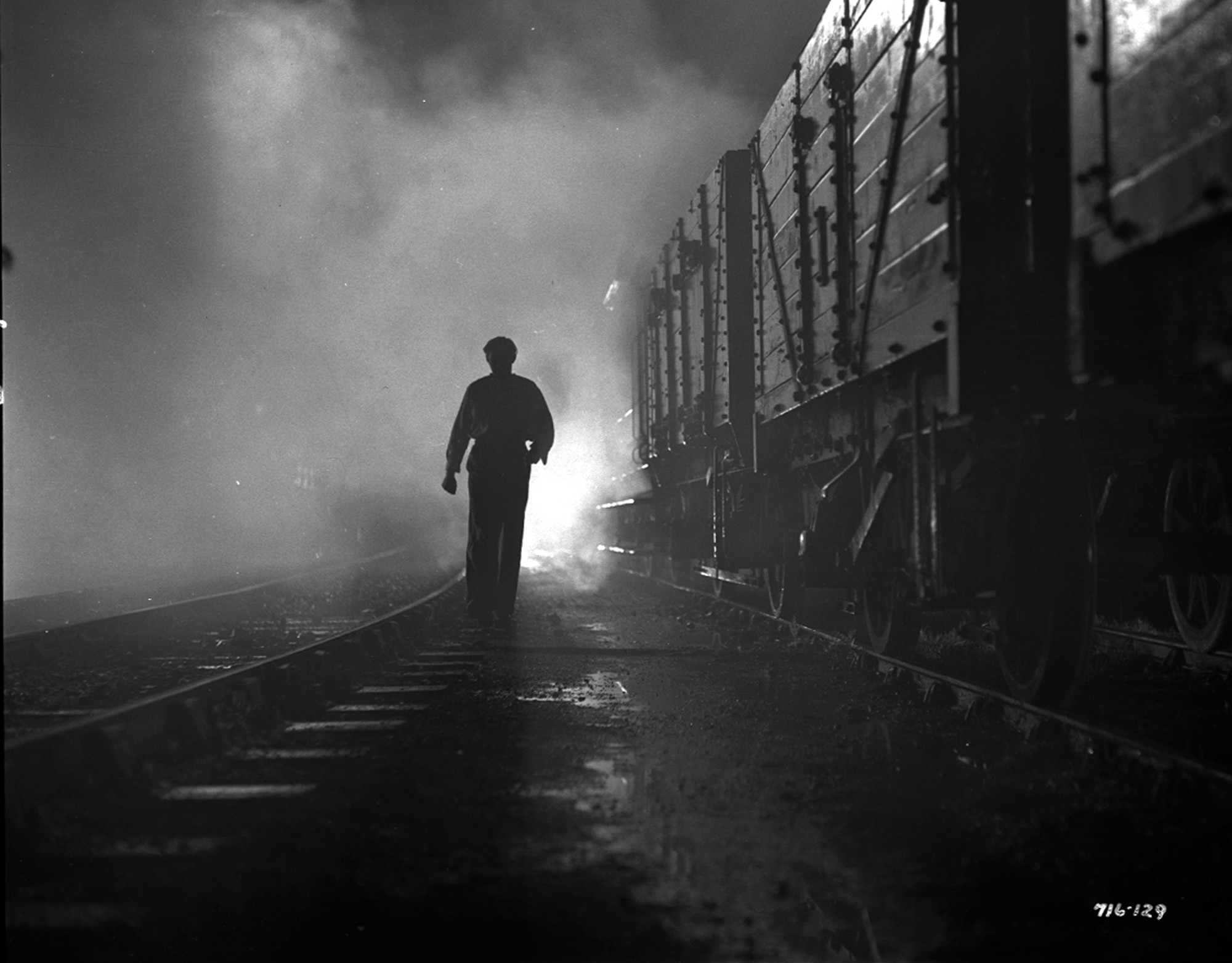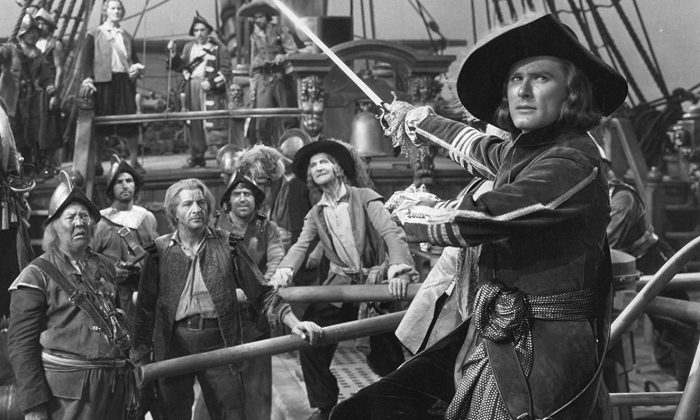
I am fond of the big budget adaptations of popular stories of adventure and romance that Hollywood made in the 1930s, like my recommendations Count of Monte Cristo, The Adventures of Robin Hood, and The Scarlet Pimpernel. Among my favorites is the 1937 adaptation of Anthony Hope’s novel Prisoner of Zenda. Hope’s work has been adapted many times before and since, but never in such thrilling, entertaining, and inspiring fashion.
The story is set in a small, obscure European country called Ruritania (Hope spawned so many imitators that there is now a recognized subgenre of literature called Ruritanian romance). An unpretentious, upright Englishman played by Ronald Colman meets the local prince and discovers he looks a lot like…Ronald Colman! Due to some “fishing in forbidden waters” by a shared ancestor, the two are distant cousins who could pass for identical twins. This comes in handy when the prince’s scheming brother Black Michael (Raymond Massey) and his henchman Rupert of Hentzau (Douglas Fairbanks, Jr.), drug and kidnap the prince in order to stop his coronation as king. But two of the prince’s loyal retainers (C. Aubrey Smith and David Niven) realize that ye olde switcheroo could save the day, provided the replacement doesn’t mind pretending to fall in love with the glamorous Princess Flavia (Madeleine Carroll)…which it turns out he can do very convincingly indeed. Meanwhile our heroes plot to rescue the prince, with the aid of a noble woman (Mary Astor) who just wants to settle down with Black Michael and be done with it. Palace intrigue, derring-do, star-crossed love, and gallantry ensue.

David O. Selznick was producer (United Artists distributed), and he wrote checks worthy of his contemporaries making costume dramas at MGM and Warner Brothers. The sets are lavish, the costumes are perfect, and the cast is a candy store. A handsome original score by Alfred Newman is also on offer, which netted him the first of his eye popping 45 Oscar nominations.
Colman had more of an acting challenge in his marvelous A Double Life, but the golden voiced actor does well here, taking the material seriously enough to sell it but with notes of humor that make it much more fun. It’s particularly enjoyable for fans of these sorts of movies to see him cross swords with that swashbuckling rogue son of a swashbuckling rogue, Douglas Fairbanks Jr. And Carroll, one of the highest paid actresses in the world at this time, shows why she deserved every penny. Not only is she achingly beautiful, but she also has substance, particularly in the scene where the film shows a highly moral unwillingness to value individual romantic feelings over public duty (shades of Casablanca here, except this time the woman has Rick Blaine’s part and the man has Ilsa Lund’s). The supporting players also sparkle under John Cromwell’s direction, further contributing to making The Prisoner of Zenda an all-time classic of Saturday matinee fare.

p.s. Massey and Niven, who also co-starred in another of my recommendations, A Matter of Life and Death also bowed out together, both passing away on July 29, 1983.
p.p.s. C. Aubrey Smith played the lead(s) of Prisoner of Zenda on stage four decades prior to this movie.

